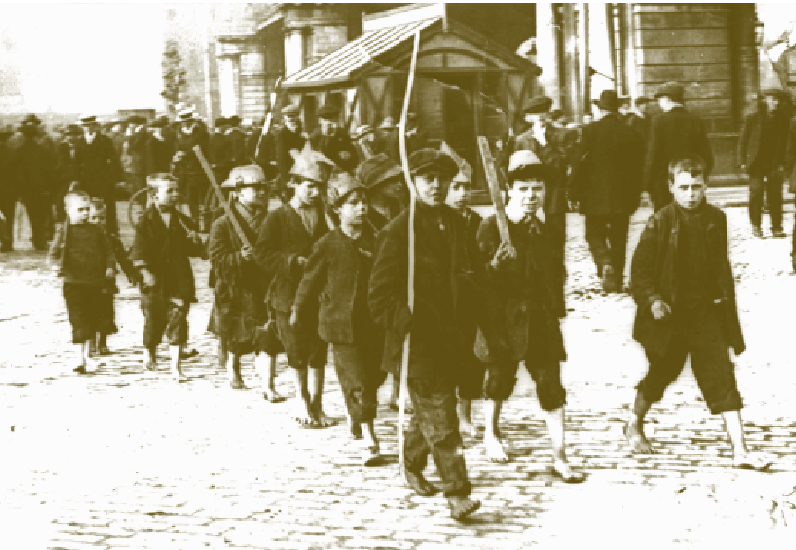Class dismissed?
Brian Hanley asks whether commemoration of the Lockout means that awkward questions about class and power in Ireland are ignored. Over the weekend of 30–31 August 1913, a few days into what was to become a five-month-long lockout, the Dublin Metropolitan Police ran amok across inner-city Dublin, attacking strikers and their supporters. Two men died … Read more

